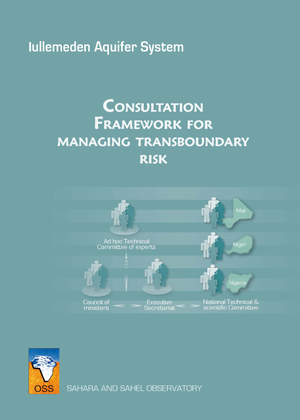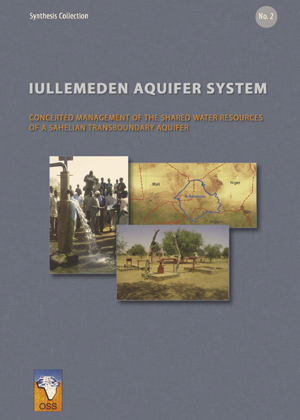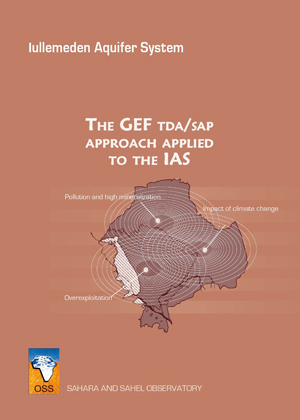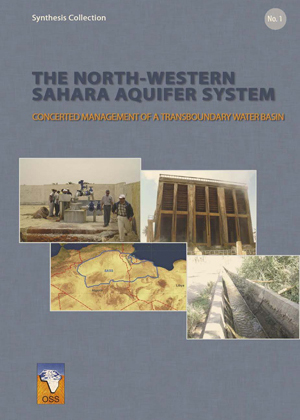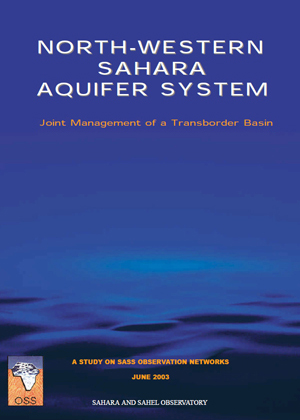The Transboundary Diagnostic Analysis recommended by the Global Environment Fund has been applied to transboundary waters of the Iullemeden Aquifer System (IAS) shared by Mali, Niger and Nigeria. It allowed identifying three major transboundary risks namely (1) the reduction of resource availability, (2) degradation of water quality, and (3) the impact of variability / climate change.
Recognizing the need for a regional approach for shared groundwater management to face those transboundary risks for which efforts of one country cannot find a sustainable solution, the three countries committed themselves in a process of joint water resources management. Through this process, they plan to mitigate the negative impacts of these risks on their shared groundwater resources.
Through this process, policy and strategy elements for mitigating these risks have been developed as well as communication tools in order to promote an early warning system, a participatory approach to better manage these risks, and finally a mechanism for monitoring transboundary water resources. A Memorandum of Understanding with its roadmap was adopted by the three countries for establishing a consultation mechanism, a legal consultation for a joint management and equitable and rational of their common resources.

